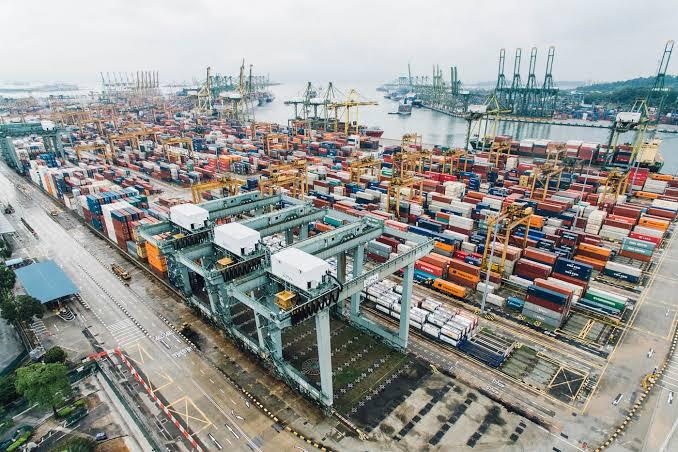The India-Middle East-Europe Economic Corridor, or IMEC, was started with fanfare while India was in charge of the G20. Its purpose is to counterweight China’s Belt and Road Initiative, but it has become more than a trade or transportation route. It is now seen as a strategic alternative connecting democracies and rising powers through shared infrastructure and coordinated development. In all the talk about ports, railroads, and energy pipelines, one thing that needs to be talked about enough is the digital backbone necessary for the corridor to last in the long term.

Digital infrastructure might seem like a secondary concern, like something that can be added to the physical corridor once it is built. That idea, however, could not be more wrong. Data flows are as important as cargo movement in today’s interconnected economy. The digital world is at the heart of all modern economic activity, from smart logistics to customs clearances, from cross-border fintech transactions to real-time supply chain tracking. A corridor that doesn’t have strong, safe, and independent digital infrastructure is no longer useful.
The current situation has both good and bad things about it. India is connected to the Gulf and Europe by submarine cable systems, but they are owned by different companies and are at risk from geopolitical events. They go through choke points like the Red Sea or are controlled by groups with distinct regulatory and strategic goals. In the same way, India, the UAE, Saudi Arabia, Israel, Greece, and Italy are all working to improve their cloud and data systems along the IMEC route, but there is still no clear plan for how these systems will work together.
India has a chance to lead right here. India has become a global model for building large-scale digital public infrastructure over the past ten years. Its model, which is based on systems like Aadhaar for identity, UPI for payments, and more recently, the Account Aggregator for managing data consent, is a different way to do digital governance than those that rely heavily on surveillance or make money off of it. If IMEC can help make this method work around the world, the corridor could become a place to test out digital connectivity that is sovereign, works across regions, and includes everyone.
To do this, policymakers need to start with the idea that digital infrastructure is not a support service; it is the infrastructure itself. This means laying new fiber-optic cables that follow the same paths as the corridor’s transport and energy systems at the top of the list, ideally with joint governance. It means making cloud partnerships that let data be processed and stored locally in ways that follow privacy laws in each country and let innovation happen across borders. It means common rules for things like cybersecurity, digital taxes, AI regulation, and electronic invoicing so that the corridor doesn’t break apart because of rules that don’t work together.
There is a lot at stake. IMEC could become a 20th-century corridor in a 21st-century world without a digital layer. It would be physically ambitious but digitally weak. Worse, it might let untrustworthy third-party vendors take advantage of the situation, making the situation more strategically vulnerable in the exact area where openness and security need to be balanced most carefully.
The good news is that the building blocks for a better future are already here. The DPI framework from India has become popular in Africa, Latin America, and parts of Southeast Asia. Gulf countries are putting a lot of money into digital innovation. Cities like Dubai and Riyadh want to become centers for technology and data. Even though Europe is divided, it is still the leader in normative regulation, especially with the GDPR and the Digital Markets Act. What is missing is the connective tissue and the political will to bring these national assets together into a shared vision for a digitally enabled corridor.
The promise of IMEC was never to get around China. It was about making a better alternative, not just in terms of hardware, but also in terms of governance and sustainability. A digital IMEC that was built from the ground up with privacy, sovereignty, and interoperability in mind could set the standard for future global corridors.
India has the ability and the trust to move this agenda forward. But the chance to lead won’t last forever. Now is the time to make digital priorities a part of your infrastructure choices, not after the concrete is poured.





